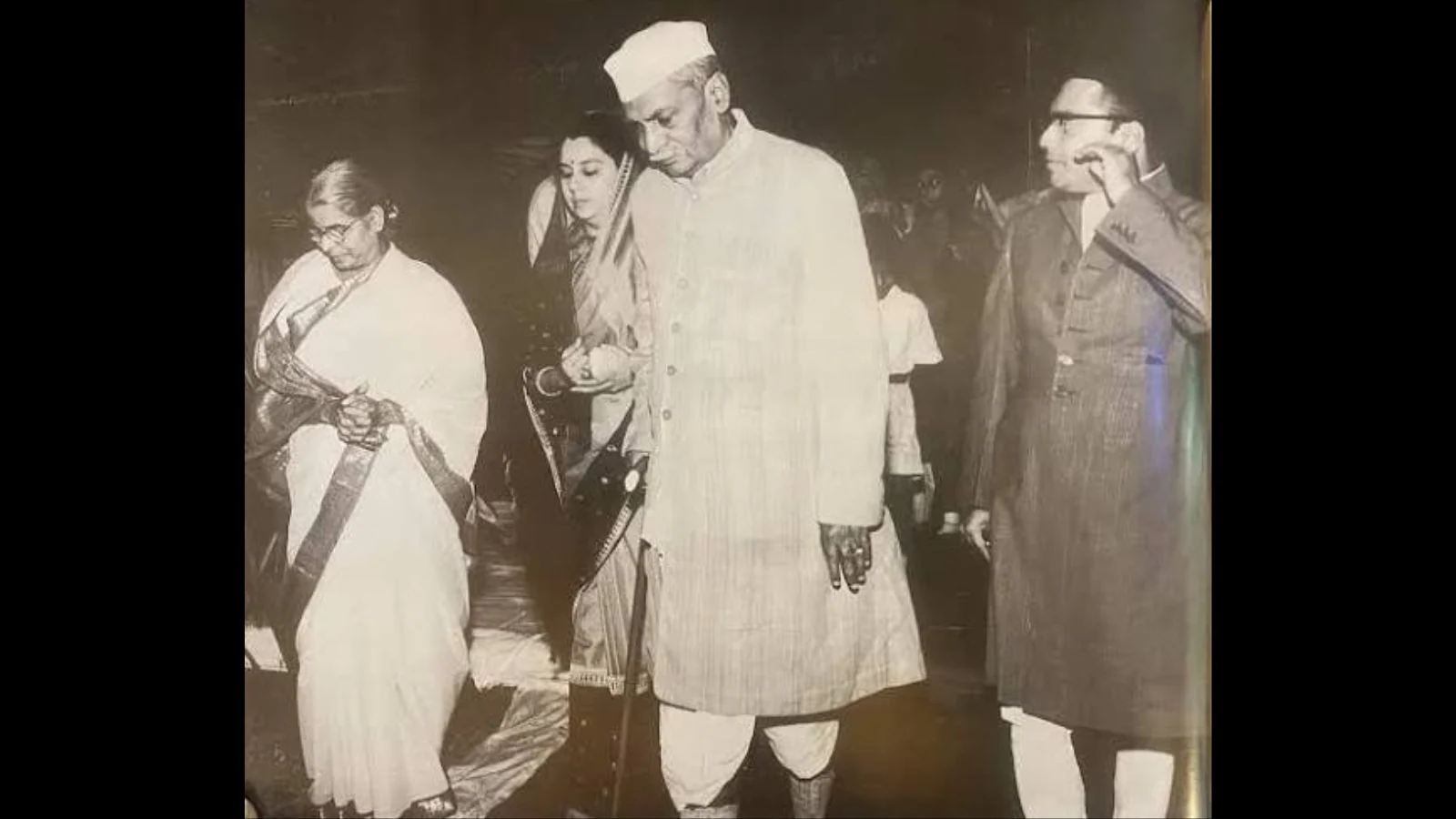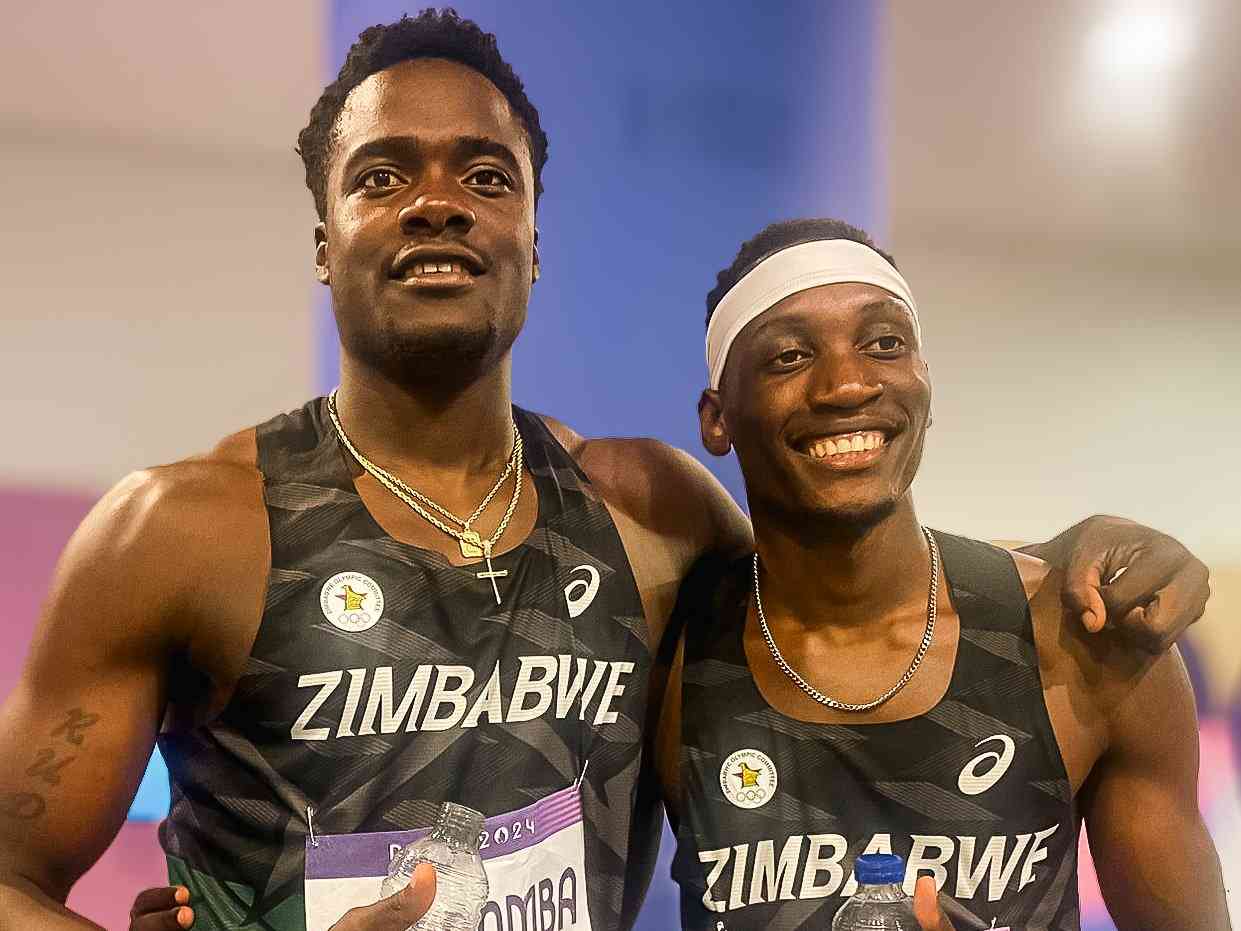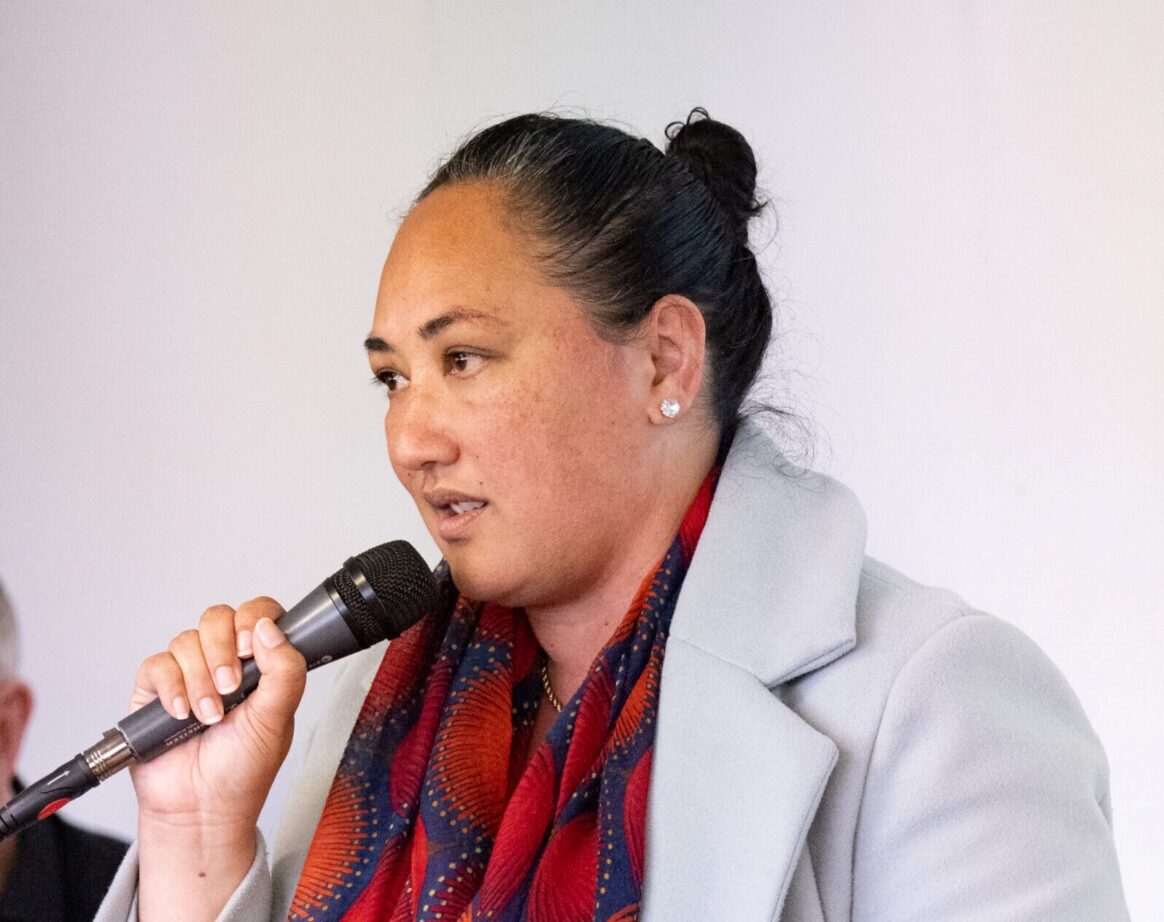History Of Girls’ Education In Central India: From Ujjain Girls’ School To Scindia Kanya Vidyalaya
By Arunansh B Goswami,News18
Copyright news18

Ujjain, the city where Lord Krishna received his education at Sandipini Ashram, served as the initial capital of the Scindia Marathas. Additionally, the first girls’ school in the Scindia State was founded in this city in 1897. The Scindias maintained the Gurukul of Shri Krishna and established numerous educational institutions within their territories, which were roughly equivalent in size to the combined areas of Belgium and the Netherlands.
In 1897, the late Shri Bapuji Narayan Dhekne MA, Principal of Madhav College, inaugurated the first girls’ school in Ujjain, enrolling 50 girls. A distinguished and knowledgeable woman, Maharani Baizabai Scindia, had a significant connection to Ujjain, making it particularly noteworthy that the foundations of women’s advancement were laid in this city. In the following year, Maharaja Madho Rao Scindia personally visited the school and motivated the girls by presenting them with prizes himself.
In the year 1810, Gwalior was designated as the capital of the Scindia dominions. Subsequently, in 1898, a girls’ school was founded in the Lashkar area of this city. Remarkably, it advanced rapidly, garnering the admiration of Maharaja Madho Rao Scindia, who graciously visited the institution on his birthday. He continued to visit for many years, encouraging the girls by presenting them with prizes. The school was named Maharani’s Girls School in honour of Maharani Scindia’s deep commitment to women’s education. During the inauguration, the Maharaja stated, “It is the duty of every common man to spread education in this state.”
In its second year, Maharani Chinkuraje Scindia contributed financially to the school, an act that was widely regarded as exemplary by the public, leading to increased attention towards women’s education. In 1901, a dedicated section for managing girls’ schools was established within the Education Department, which subsequently took over the school’s administration. By 1905, the school was elevated to the middle standard, and two specialised classes were introduced: one for training female teachers and another for educating widows. These initiatives laid the groundwork for the Sevasadan. An experimental programme was also initiated to prepare students for the admission examination of the Benares Hindu University that was funded by Maharaja Madho Rao Scindia. In 1936, the headmistress of the school was Miss G Ketkar.
The Kanya Dharma Vardhini Sabha played a crucial role in advancing female education within the Scindia State. Founded in late 1898 by Maharaja Madho Rao Scindia, it was akin to the Maharani’s Girls’ School and became one of Gwalior’s earliest modern public institutions. The Sabha quickly amassed sufficient resources to launch a comprehensive initiative aimed at fostering women’s education across the State. On December 18, 1898, as per Maharaja Scindia’s directive, Sardar Aapajirao Sitole organised a meeting after consulting with Mr Johnston, who was the Inspector General of the Department of Education at that time, and Pandit Rao Bahadur Pran Nath, during which the foundation of this Sabha was laid. The meeting saw the participation of notable officials, Sardars, Seths, and moneylenders. After Sardar Aapajirao Saheb Sitole presented the letter for the Sabha’s establishment, as instructed by Maharaja Madho Rao Scindia, he was elected as the President of the Sabha, and a managing committee consisting of 19 members was established to supervise its activities.
The Sabha organised annual exhibitions showcasing embroidery, needlework, and other crafts created by women, with prizes awarded for excellence. To promote education among adult veiled women, the Sabha sponsored a Home Female Education Scheme in Lashkar, Gwalior. Girls were motivated to pursue academic studies seriously through the awarding of prizes for success in various public examinations. Additionally, donations were provided when these girls got married. According to a predetermined scale, Rs 30 was donated for the marriage of a girl who had passed the Primary Examination, while Rs 50 was given for the marriage of a Matriculate girl. A Women’s Industrial Association, operating under the guidance of the headmistress of the Maharaj Kumari Girls’ School, received generous support from the Sabha.
The Sabha constructed a Girls’ Boarding House and also committed Rs 5,000 towards the establishment of a memorial for the late Rai Bahadur Pt Pran Nath, who significantly contributed to the advancement of female education in the Scindia State. Furthermore, the Sabha published a quarterly magazine titled “Mahila”, focusing on issues relevant to women. According to the report of ‘Kanya Dharma Vardhini’ from 1905, it was noted that within five years, 23 schools for girls were established in the Scindia State. In addition, an exhibition featuring products made by women took place at Maharani’s Girls School in Lashkar on 21 October 1906, coinciding with the birthday of Maharaja Scindia.
Handmade items from across the state were showcased at this exhibition. Maharani Scindia graciously accepted the role of patron for this event, and mother of Madho Maharaja, Matoshree Sakhya Raje Scindia inaugurated the exhibition, personally distributing prizes to the girls and women who crafted exceptional goods. Moreover, prize money was also dispatched to the districts of Lashkar from which the goods originated.
Elite Sardar Daughters’ School was established on January 16, 1902, by Maharani Sakhya Raje Scindia within the confines of the Jai Vilas Palace Complex at “Choti Vishranti” in Gwalior. In 1904, Gajra Bai became the first student to successfully complete the Hindi Middle Examination. This institution was primarily created for the education of daughters of aristocrats, who, due to their prestigious heritage, were thought to require specialised training in addition to their general education to adequately prepare them for the duties associated with their distinguished roles as exemplary daughters, wives, and mothers within the aristocracy. The school functioned under the comprehensive oversight of Her Highness the Maharani Scindia. Admission was restricted to the daughters of Sardars and State officers with a monthly salary of Rs 500 or more, and was always subject to the approval and sanction of the Maharani Scindia.
Continuing the heritage of the Scindia family, the Scindia Kanya Vidyalaya was founded in 1956 by the late Rajmata of Gwalior, Vijaya Raje Scindia, who was also a founding member of the Bharatiya Janata Party, the largest political party in the world.
India’s first President, Dr Rajendra Prasad, officially inaugurated the Scindia Kanya Vidyalaya in the presence of Maharaja Jiwaji Rao Scindia, the governor (Rajpramukh) of the Madhya Bharat Union, Maharani Vijaya Raje Scindia, and the first lady of India, Rajvanshi Devi Prasad. Jiwajirao’s daughters, Padma (Akka) Raje Scindia and her younger sister, Usha Raje Scindia, were the first two students to enroll on August 1, 1956, when classes commenced, followed by an additional 29 students. Additionally, two grand-daughters of President Rajendra Prasad, Shobha and Padma, were among the first students of Scindia Kanya Vidyalaya. Over the years, this distinguished institution has produced outstanding alumni and has participated in significant social service. It upholds the centuries-old legacy of the Scindia Marathas in advancing girls ’ education under the guidance of Her Highness Maharani Priyadarshini Raje Scindia née Gaekwad, President of the Board of Governors of this historic and prestigious institution located in the city of Gwalior.
The author is historian, lawyer and head, Scindia Research Centre. Views expressed in the above piece are personal and solely those of the author. They do not necessarily reflect News18’s views.



